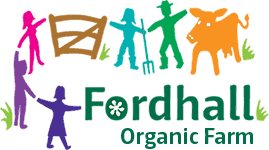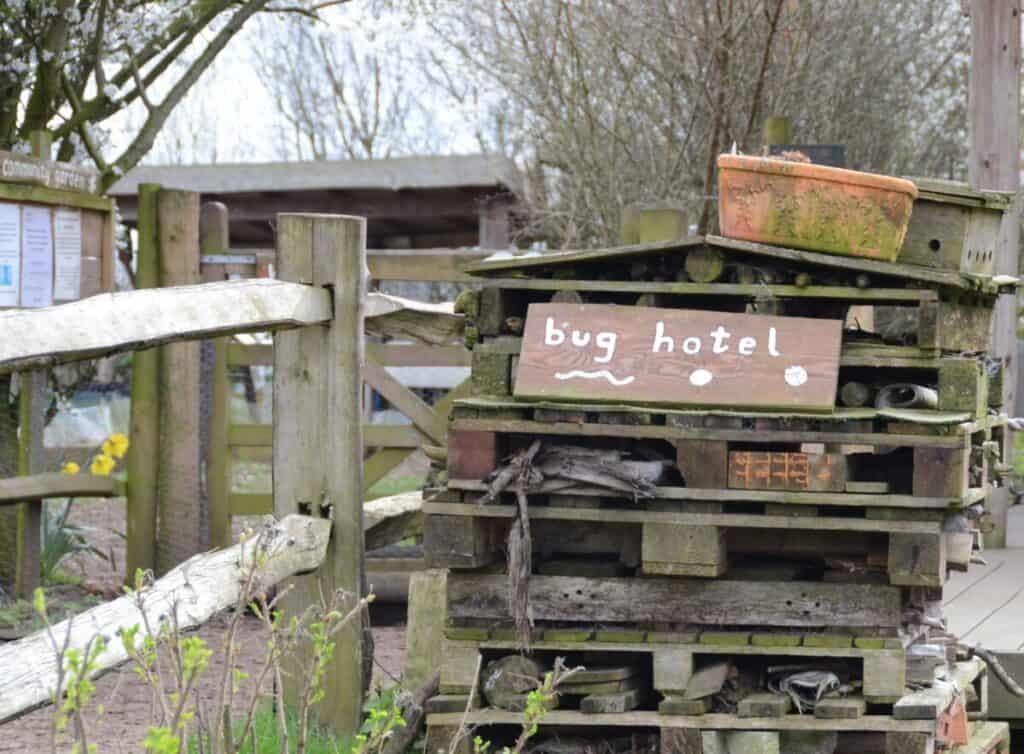When the word ‘ecosystem’ pops up, it probably conjures the image of a forest, or a beach, or a marshland, but the urban environments in which the majority of us humans live can also be considered as such. This, of course, comes with caveats of its own, with the ecosystem only maintaining itself if we partake in cultivating green spaces such as parks, gardens, allotments and even networks of trees. It goes without saying, pouring on layers of concrete and bricks isn’t really a boon for nature.
This ecosystem degradation has a discernible negative impact on both nature and us, due to the elimination of essential ecosystem services such as oxygen production and air purification, pollination and maintenance of mental wellbeing. In the urban environment, if we are serious about maintaining these services for future generations, some creative solutions have to be found. The interesting part of this is that urban areas can be relatively adaptable in any alterations planned to support biodiversity and sustainability.
Roofs, balconies and back yards can all be utilised as areas to promote individual behavioural change by encouraging urban beekeeping and the planting of pollinator-friendly plants, which, in itself, creates a network within built-up areas. However, the encouragement of the increase in city tree density has become largely recognised as an important foundation for supporting conservation in towns and cities.
This doesn’t come without its issues, however – much of the narrative surrounding reintroducing green spaces is simplified and doesn’t have enough of an emphasis on increasing species diversity as well as increasing green coverage. It’s all well and good to carry out a tree planting programme, but if the plant species aren’t varied and robust enough, this creates a monoculture which suppresses animal species diversity and increases the risk of pest infestations. According to a 2020 paper by Stevenson et al., when establishing a long-term network of city trees, both above and below ground species interactions must be considered – this may be bird and pollinator use, and mycorrhiza interactions (the symbiotic relationship between some fungi species and plant roots).
The increase in urban beekeeping can also cause unintentional dents in biodiversity, as it primarily only focuses on honey bees. In this regard, a balance must be found in encouraging other pollination species with alternative methods, such as planting wildflowers and creating refuge areas for them, like bug hotels.
Urban ecosystems have a great deal of potential, and there are many ways humans can still connect with nature despite living in building-dominated environments. This however is heavily dependent on our direct intervention in the area, and shouldn’t focus on simplified messages like the number of trees planted, for example. Instead, emphasis should be placed on how ecosystem services are responding and interacting with these changes in the local environment, and how this is impacting upon biodiversity.
Francesca Lant, Marketing and Admin Apprentice
This article was first featured in the Autumn 2021 edition of the Grazer magazine. For more info and to subscribe, visit:
FCLI Shares,The Grazer,Calendars,Tickets & Books – Fordhall Farm

